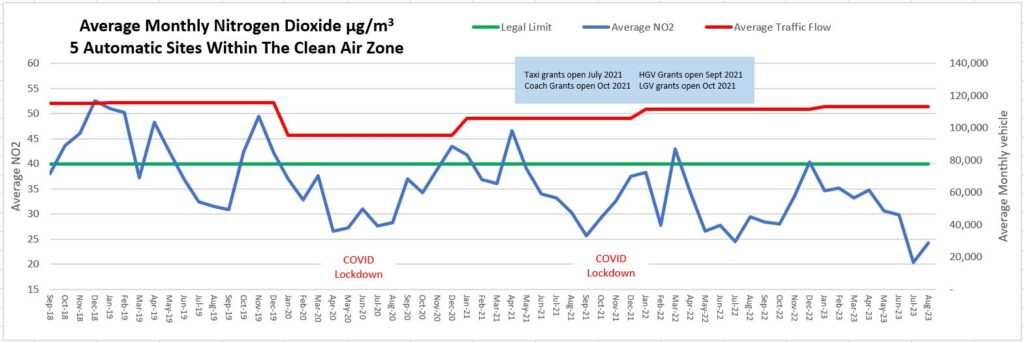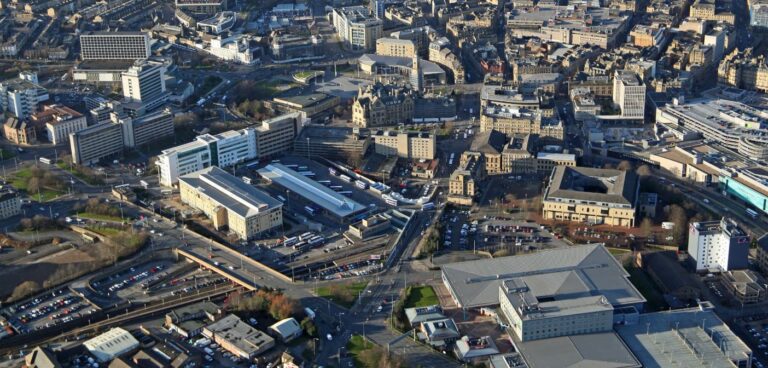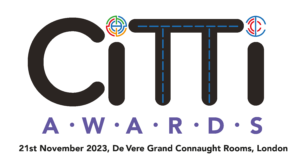The English city of Bradford has recorded its lowest-ever levels of air pollution since introducing a clean air zone (CAZ) nearly 12 months ago.
Following a 2020 ministerial direction to implement a Class C+ CAZ, Bradford has been working on projects to enhance air quality.
Distributing grants totalling £20,486,001 to residents and businesses, Bradford Council has encouraged businesses and transport operators to invest in vehicle upgrades, leading to substantial improvements in air quality levels.
Monthly data from automatic monitoring sites within the CAZ reportedly reveals that NO2 concentrations are at some of the lowest levels ever recorded in Bradford, despite traffic returning to pre-pandemic volumes.

For example, nitrogen dioxide (NO2) levels on Market Street in Bradford city centre decreased from 45 in 2021 to 39 in 2022, which falls below the legal limit of 40. The council attributed this to the early adoption of cleaner buses and taxis.
Cllr Susan Hinchcliffe, leader of Bradford Council, said: “We all have a moral, environmental, and legal responsibility to make Bradford’s air cleaner and improve the health of our residents and visitors.
“We want to thank businesses and transport partners who were using the grants available to upgrade vehicles in advance of the launch of the CAZ. It’s good to see these measures translating into improvements in air quality.
“The number of non-compliant vehicles has fallen due to vehicles upgrades and changes to fleet composition, this improves air quality not just in Bradford but throughout West Yorkshire.”
READ MORE: West Yorkshire campaign encourages sustainable travel choices
Bradford Council’s air-quality monitoring, using diffusion tubes and real-time equipment, serves as a resource for tracking progress.
The data, submitted to the UK government in June 2023, will be published after government validation, as part of an Annual Status Report.
The report provides insights into the annual average concentration of NO2, considering variations throughout the day due to traffic and weather conditions.
Since launching nearly a year ago, more than 65 million journeys have been recorded in the Bradford CAZ.
According to the council, vehicle upgrades have caused a sharp drop in the number of non-compliant vehicles (3.6% of all journeys in summer 2022 to 1.5% by the end of July 2023).
There have been more than 65 million journeys to date in the Bradford CAZ and, asa result of vehicle upgrades, the non-compliant vehicle journey rate has dropped from 3.6% of all journeys in summer 2022 to 1.5% at the end of July 2023.
According to the council, this means that, per month, only 1.5% of approximately seven million vehicle journeys into the CAZ are chargeable.
FREE: Subscribe to the monthly Road User Charging Conference Newsletter – now!
What’s more, compliant vans have reportedly increased from 50 %to 70% while larger vehicles such as articulated lorries have increased from around 80% compliant to 97%.
Meanwhile, Bradford’s taxi fleet is said to be 99% compliant, mainly comprising hybrid-electric vehicles.
There are also now 317 compliant buses operating in the zone, with funding for new electric buses in place for operators later this year.
Finally, Bradford Council said it is using its CAZ revenue solely on projects to further improve air quality in the district.
The first major project is the Clean Air Schools Programme to support schools in reducing traffic emissions, which includes a £500,000 grant fund for schools and an anti-idling awareness raising campaign supported by enforcement measures.
Innovations and achievements in clean air will be highlighted and celebrated at the second annual CiTTi Awards on 21 November 2023 at the De Vere Grand Connaught Rooms in London. Visit www.cittiawards.co.uk to learn more about this unmissable event for the UK’s transportation sector – and to book your table today!






